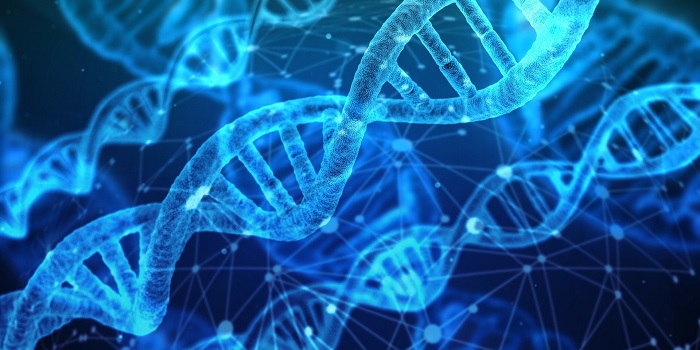As the field of forensics evolves, more complex evidence is being processed with greater precision, sensitivity and speed than ever before. To give a real-life example, consider a bank robbery where the perpetrator uses a pen, available to all customers, to write the note which they pass to the teller. In this instance the perpetrator deposited skin cells on this pen, but so did several other people. The result is a complex mixture of DNA from all of these individuals. Where 30 years ago a forensic scientist would probably have needed the bank robber to leave a few drops of blood on the pen to produce a DNA profile, today, they only need a few cells.
The ability to evaluate biological evidence that contains complex mixtures or low levels of DNA is possible thanks to computer software that utilizes probabilistic modelling methods. These programs use complex algorithms to estimate probabilities associated with individuals contributing to the DNA mixture. But despite such innovative approaches to mixture interpretation, limitations still exist in large part due to the overall complexity of non-pristine DNA and lack of resources such as computational power, time and cost.
Researchers have developed a novel hybrid machine learning approach (MLA) to mixture analysis (U.S. patent number 10,957,421). Their method combines the strengths of current computational and expert analysis approaches with those in data mining and artificial intelligence.
Their MLA enables rapid and automated deconvolution (separation) of DNA mixtures with increased accuracy compared to current methods, potentially. The software will require minimal computing and financial resources and provide increasingly informative, high confidence conclusions.
Although this intellectual property has not been fully developed for commercial use, they are pursuing funding to transition the technology. Once this is done, they are hopeful that the new method will be used throughout the law enforcement and criminal justice communities, specifically by forensic DNA scientists and the legal community.
The researchers say FNSSI students can currently use components of the machine learning approach and, once a commercial partner is secured and the product is fully developed, they will begin implementing it into the FNSSI curriculum. Other patent-pending technologies from Marciano and Adelman are currently being used by students.
FNSSI executive director Kathleen Corrado says having this technology at Syracuse University will allow students to work with innovative analysis techniques, which are essential skills for forensic scientists as the field moves more in the direction of computational analysis.
This exciting new tool for DNA mixture analysis highlights the creativity and collaborative nature of the work being done by our faculty. Developing such technology and sharing it with the forensic community are important elements of the FNSSI research program.






